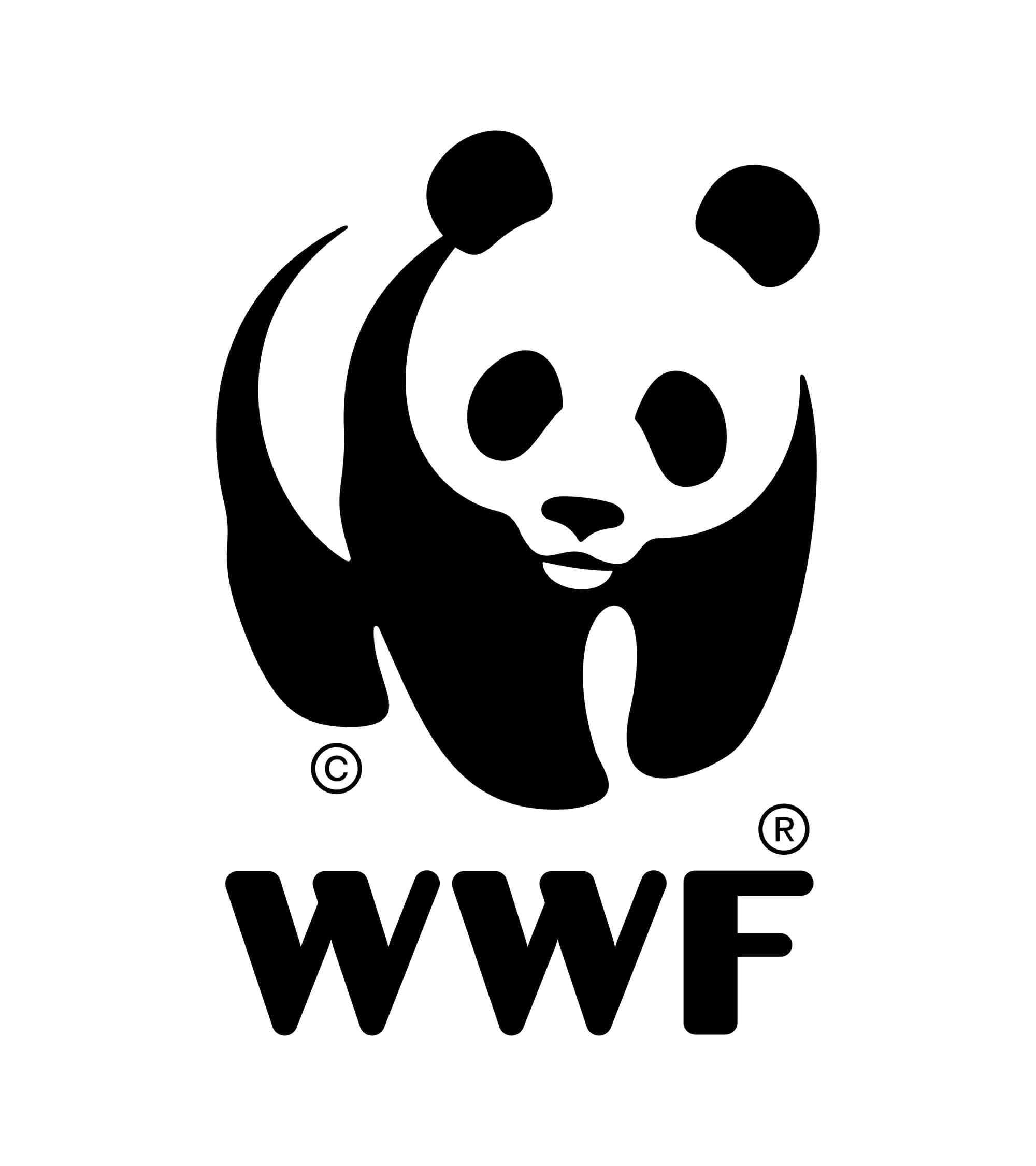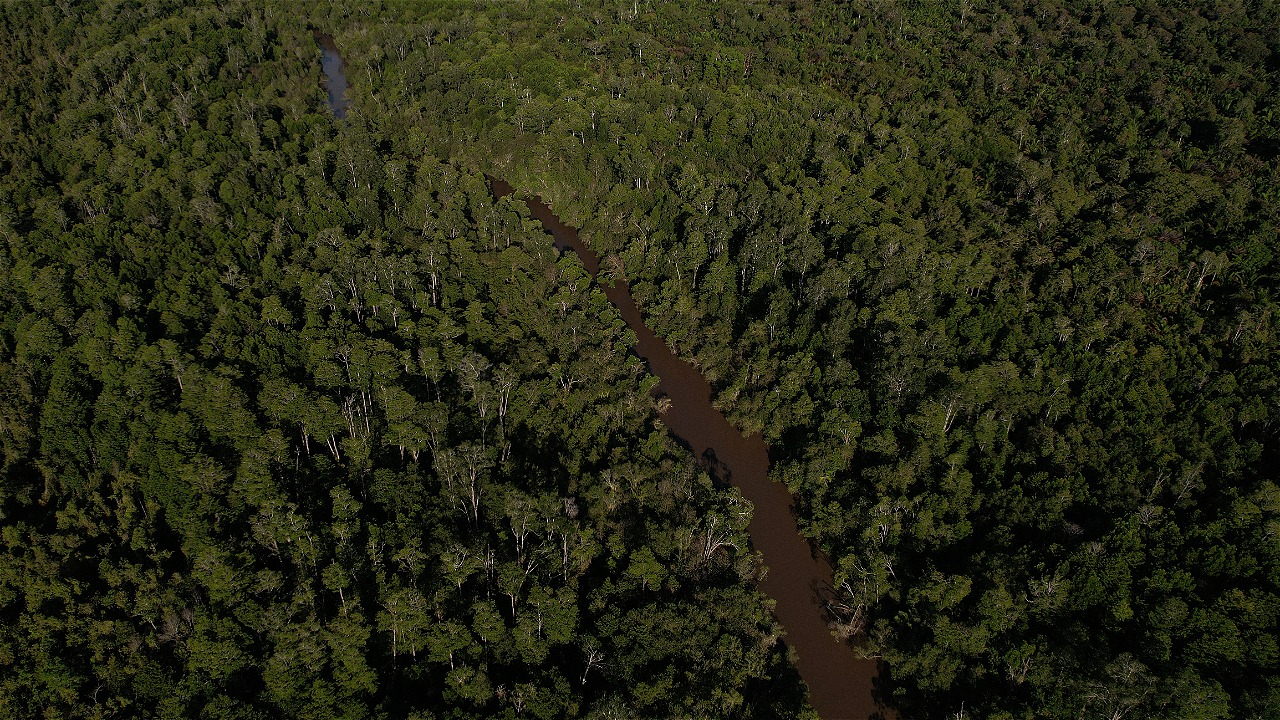APPLYING GEOTAGGING TECHNIQUES IN MONITORING FOREST AND LAND RESTORATION PROCESSES
By: Natali J. Tangkepayung
Jayapura - WWF-Indonesia Papua Program today (18/2) held a training on the NEWtrees program, which monitors plant growth through GeoTagging techniques. The one-day training introduced and encouraged the use of the GeoTagging application to monitor the growth of plants planted for the restoration of areas in high conservation value areas - such as national parks and protected forests - damaged by deforestation.
Landsat imagery from 1999-2000 indicates that there is 101.73 million ha of critical land in Indonesia that needs to be rehabilitated. Of this area 42.11 million ha are outside the forest area, and 59.62 million ha are inside the forest area. To tackle the worsening forest destruction, in 2003, the government established various programs to reduce forest destruction, including the National Movement for Forest and Land Rehabilitation (GERHAN). Forest destruction will cause natural imbalances such as global warming, loss of biodiversity and drought due to lack of supply of groundwater sources.
The training provided trainees with a glimpse of the development of GERHAN in Papua Province, as well as the background and function of the GeoTagging technique in monitoring forest and land rehabilitation in Papua. The participants also had the opportunity to apply this technique directly.
"The GeoTagging technique applied in the NEWtrees program is a combination of the traditional way of planting trees and monitoring their growth with today's technology that can be obtained for free," explained Dudi Rufendi, WWF-Indonesia's NEWtrees Program Coordinator who was also present as a training resource person. "This technology is actually used to increase the accountability of reforestation in the field by providing written and visual data, because in this method we try to develop data in addition to tree coordinates, tree height and diameter, as well as photos of the trees, which are geographically very accurate because they are given precise coordinate attributes, where the tree photos are actually taken at the planting site", he continued.
The NEWtrees program is a form of WWF-Indonesia's support to the government's program for forest restoration and carbon emission reduction. This program aims to carry out integrated and planned forest and land rehabilitation efforts by involving all relevant government agencies, the private sector and the community, so that environmental conditions can return to function as water catchment areas.
The planted plants are named after the person or party who adopted them, then photographed and equipped with a GPS device and uploaded to the official NEWtrees website. The growth of the planted "NEWtrees" can be monitored online via Google Earth, as each tree will have GeoTag coordinates - coordinates that indicate where the "NEWtrees" are located.
The NEWtrees training this time took place at the WWF-Indonesia Papua Program office in Jayapura, and was attended by 20 participants from various agencies such as the Papua Provincial Forestry and Conservation Office, Jayapura Regency Forestry and Conservation Office, Kerom and Jayapura City, BPDAS Mamberamo, BKSDA, Cenderawasih University and Hiroshi Nature Lovers Club.
"The participants were very enthusiastic about the training and hope to apply this technology in their respective institutions. For example, the application of this technique can be applied in RHL (Forest and Land Rehabilitation) which is carried out annually by the Forestry Service, so that the regent and head of the department can accurately monitor the implementation of the program in the field, increasing public confidence in the program being implemented," said Dudi Rufendi at the closing of the training.





